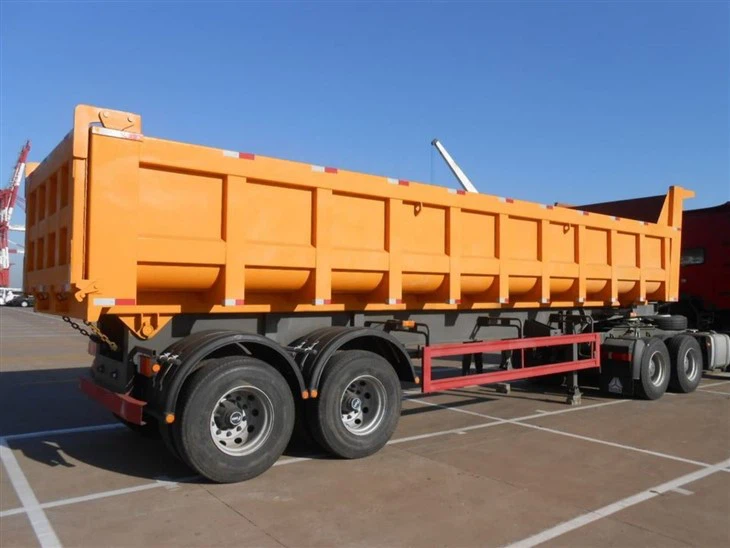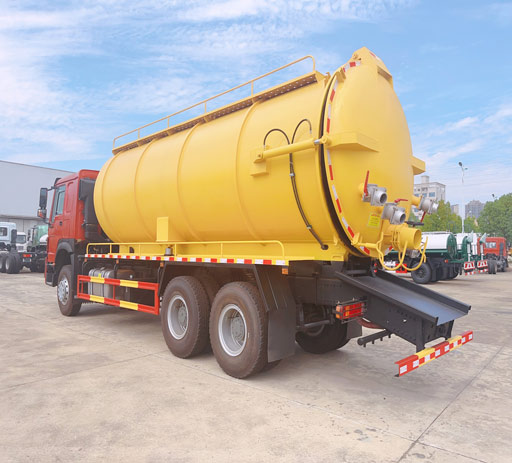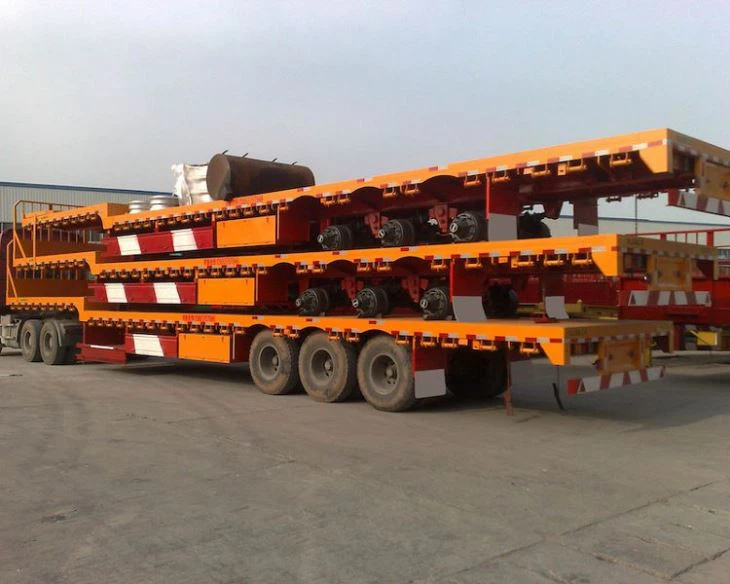What is Extended Cab? A Comprehensive Guide

Introduction
When shopping for a pickup truck, you may come across various cab styles, one of which is the extended cab. Understanding what an extended cab is, its benefits, and how it compares to other cab styles can greatly influence your purchasing decision. This article will provide an in-depth analysis of extended cabs, their features, advantages, and practical tips for choosing the right one for your needs.
What is an Extended Cab?
An extended cab is a type of vehicle configuration primarily found in pickup trucks. It features a larger cab space compared to standard cabs, allowing for more seating and storage options. Typically, an extended cab has two full-sized front doors and two smaller rear doors that swing outward, providing easier access to the rear seats while maintaining a compact overall size.
Key Features of Extended Cabs

- Seating Capacity: Usually accommodates up to five or six passengers.
- Rear Door Design: Smaller rear doors for ease of access.
- Increased Storage: Provides additional space for tools, gear, or luggage.
- Versatile Use: Ideal for both work and recreational purposes.
Comparison of Cab Styles
Standard Cab vs. Extended Cab
The standard cab typically features only two doors and is focused on maximizing cargo space. In contrast, the extended cab has additional rear seating and access, making it a more family-friendly option.
Extended Cab vs. Crew Cab
The crew cab is another popular cab style, featuring four full-sized doors and a larger back seat area. While the crew cab offers maximum passenger comfort, the extended cab provides more cargo capacity due to a shorter wheelbase. Choosing between the two often depends on your specific needs for passenger space versus cargo room.
Benefits of Choosing an Extended Cab
1. Ample Space for Passengers
The extended cab provides comfortable seating for additional passengers, making it suitable for family trips or outings with friends.
2. Versatile Cargo Options
With the extended cab’s larger rear area, you can carry more items, which is especially beneficial for work-related activities or recreational use.
3. Slightly Smaller Footprint
While still offering additional space, the extended cab maintains a more compact size compared to a crew cab, making parking and maneuvering easier.

4. Cost-Effective Choice
Extended cabs are generally less expensive than crew cabs, providing a balanced option between capacity and budget.
Practical Examples of Extended Cab Models
| Model | Seating Capacity | Bed Length Options |
|---|---|---|
| Chevrolet Silverado 1500 | 5-6 | Short, Standard, Long |
| Ford F-150 | 5-6 | Short, Standard, Long |
| Dodge Ram 1500 | 5-6 | Short, Standard, Long |
| Toyota Tacoma | 4-5 | Short, Standard |
Things to Consider When Buying an Extended Cab
1. Seating Requirements
Consider how many passengers you typically carry. If you often drive alone or with one passenger, a standard cab may suffice, but if you frequently transport more people, an extended cab is ideal.
2. Cargo Needs
Evaluate how much cargo space you require. If you carry tools, sports equipment, or other gear, a larger bed in conjunction with an extended cab can enhance your vehicle’s utility.
3. Budget
Prices for extended cab models can vary significantly. Decide on a comfortable price range and research models that offer the best features within that range.
4. Fuel Efficiency
Consider the fuel efficiency of the models you are interested in. Larger trucks typically consume more fuel, so it’s wise to look for options with good mileage ratings if that’s a concern.
Common Misconceptions about Extended Cabs
Misconception 1: Extended Cabs Are Only for Families

While extended cabs do provide extra seating, they are also beneficial for work use, as they allow for easier transportation of tools and equipment.
Misconception 2: Less Comfortable than Crew Cabs
Many people assume that extended cabs are uncomfortable compared to crew cabs, but modern designs have improved rear seating comfort significantly.
FAQs About Extended Cabs
1. Can the rear seats of an extended cab be used comfortably?
Yes, the rear seats in an extended cab are designed for additional passengers, providing adequate comfort for short to medium trips.
2. Are extended cabs more expensive than standard cabs?
Generally, extended cabs are more expensive than standard cabs due to the additional features, but they are often less expensive than crew cabs.
3. What kind of activities are extended cabs best suited for?
Extended cabs are perfect for family outings, work-related tasks, or outdoor activities, offering versatility between passenger and cargo space.
4. Can I find extended cab trucks with fuel-efficient engines?
Yes, many manufacturers offer extended cab models with efficient engines that provide better fuel economy than typical larger trucks.
5. Is insurance higher for extended cab trucks?
Insurance rates can vary based on several factors, including the safety rating of the vehicle and personal driving history. Extended cabs may have comparable rates to standard cabs.
6. How do I maintain an extended cab truck?
Regular maintenance checks, fuel system cleaning, tire rotation, and ensuring timely oil changes are crucial to keep your extended cab running smoothly.
